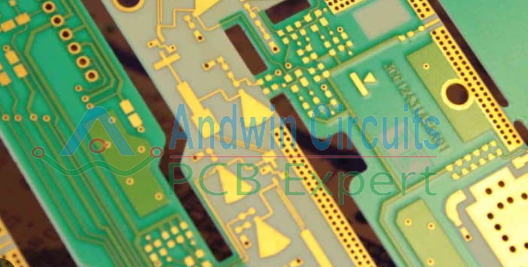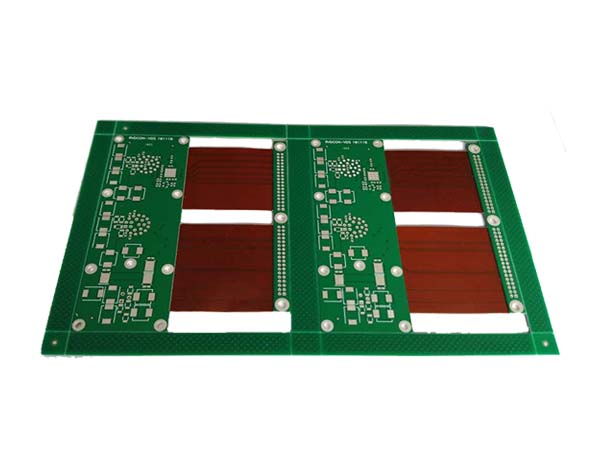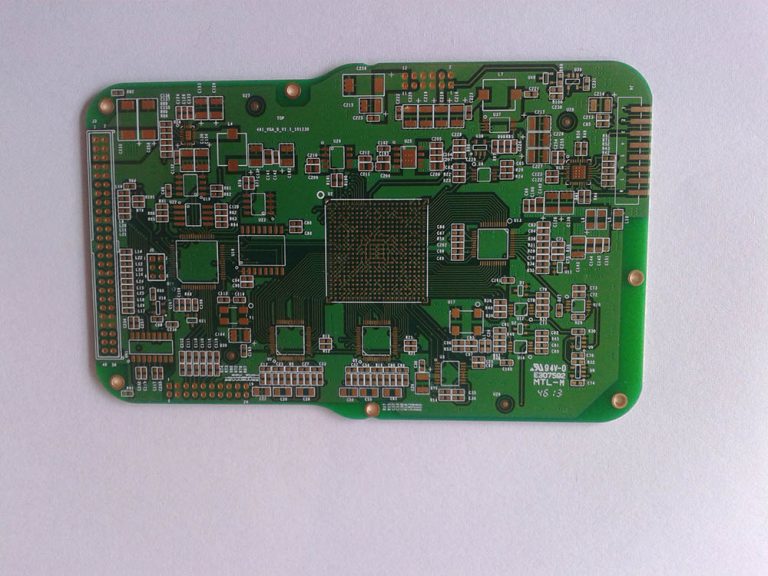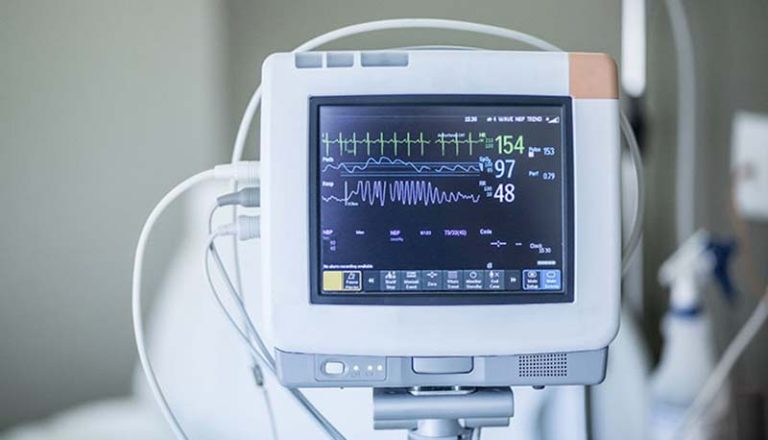Flex pcb reflow process
but with a few key differences due to the flexible nature of the circuit board. Here are the steps involved in the reflow process for flex PCBs:
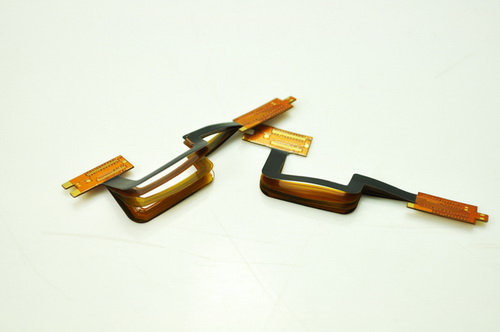
1. Solder paste application: Solder paste is applied to the surface of the flex PCB using a stencil or screen printing method.
2. Component placement: Surface mount components are placed on the solder paste using pick-and-place machines or by hand.
3. Preheating: The PCB is preheated to remove any moisture and to ensure that the components are at the same temperature before the soldering process begins.
4. Reflow: The PCB is passed through a reflow oven where the solder paste is melted and the components are soldered to the board.
The temperature and time profile for the reflow process are carefully controlled to prevent damage to the flexible material.
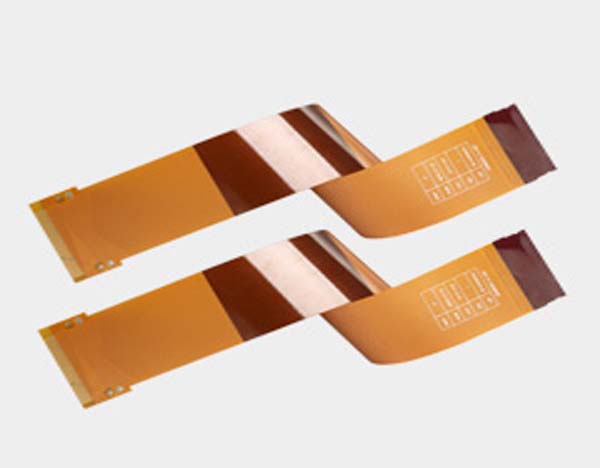
5. Cooling: The PCB is cooled down slowly to prevent any thermal shock that could damage the board.
6. Inspection: The PCB is inspected for defects such as solder bridges, insufficient solder, or misaligned components.
7. Cleaning: The PCB is cleaned to remove any flux residue or other contaminants.
8. Testing: The PCB is tested to ensure that all components are functioning properly.
Overall, the reflow process for flex PCBs requires careful attention to the unique properties of the flexible material to ensure a successful assembly.


